Japanese Buddhist nun Ōtagaki Rengetsu: Art, culture, and poetry
Lee Jay Walker
Modern Tokyo Times
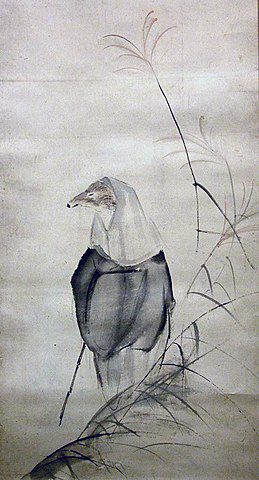
The highly acclaimed poet Ōtagaki Rengetsu (1791-1875) influenced many people during her lifetime. This concerns her Buddhist faith and the cultural realm of art, calligraphy, a graceful potter, and notably poetry. Therefore, despite the convulsions she witnessed during the early Meiji Period (1868-1912) concerning anti-Buddhist attacks, this Buddhist nun remained true to her convictions and provided religious healing to cultural training in several fields.
Her life revolved around her deep Buddhist faith. Hence, the many family deaths that occurred to her immediate family didn’t shake her faith. Instead, it brought her even closer to the holy Buddhist scriptures she read and to people she encountered throughout her life.
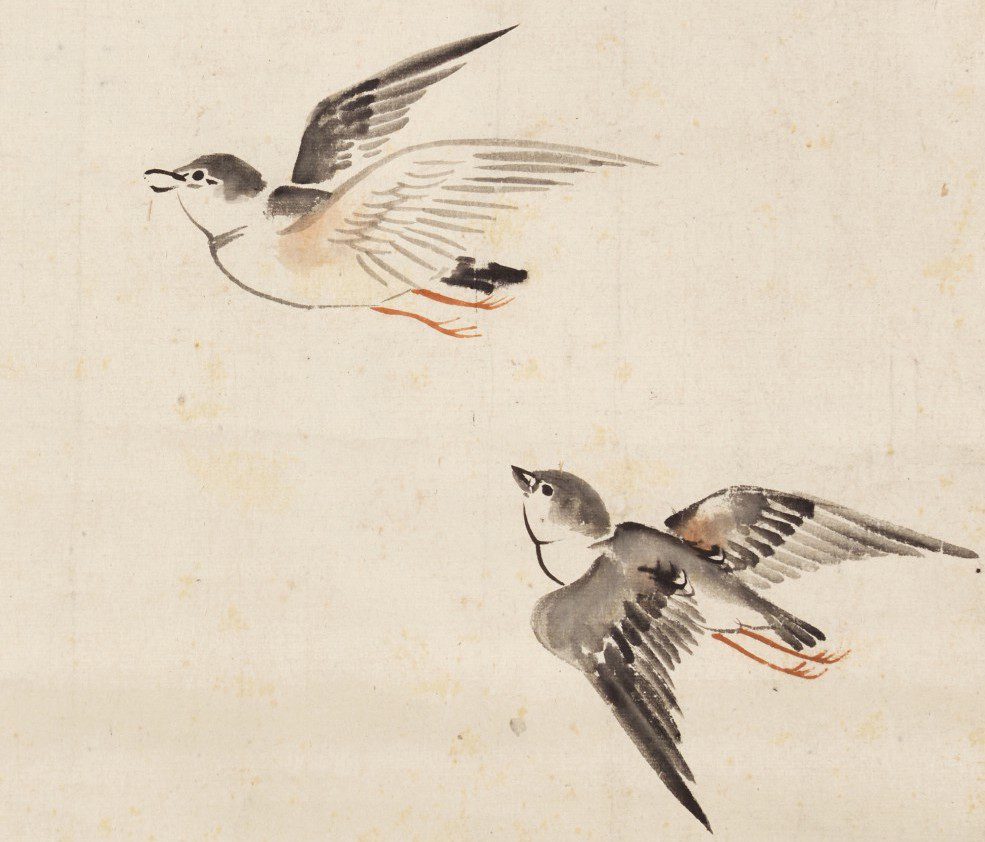
The Met Museum reports, “Otagaki Rengetsu took vows as a Buddhist nun, but is better remembered as one of the foremost waka poets of the nineteenth century, an ink painter, a skilled calligrapher in a refreshingly simple and elegant style, and a prolific potter who inscribed poems into ceramic teaware. A daughter of a courtesan of the licensed brothel quarters and wealthy samurai, she was adopted at a young age into the Ōtagaki clan, and became a lady-in-waiting at Kameoka Castle. She married twice and had five children, but after the death of her second husband in 1823 and the tragic death of all her children she became a nun, taking the Buddhist sobriquet Rengetsu (“Lotus Moon”).”
The deaths of her second husband and all her five children brought great sorrow. Yet, despair turned to solace and meaning within the Buddhist worldview that nourished her.
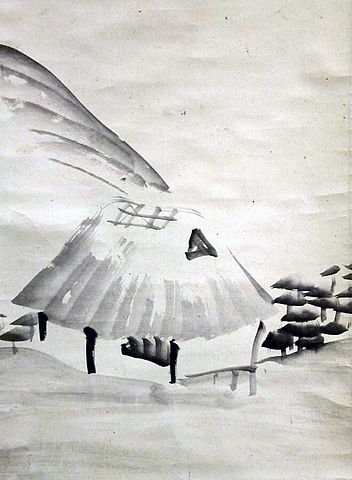
In one delightful poem she wrote:
Won’t you open
the lotus inside
and turn
those demons
from your heart?
It is known that despite Rengetsu being a Buddhist nun of the Pure Land tradition – she was also deeply influenced by Shingon Buddhism. Hence, the fusions of Buddhist ideas nourished her artistic ways – irrespective of the economic pragmatism that was necessary concerning the cultural angles that enabled her to survive.
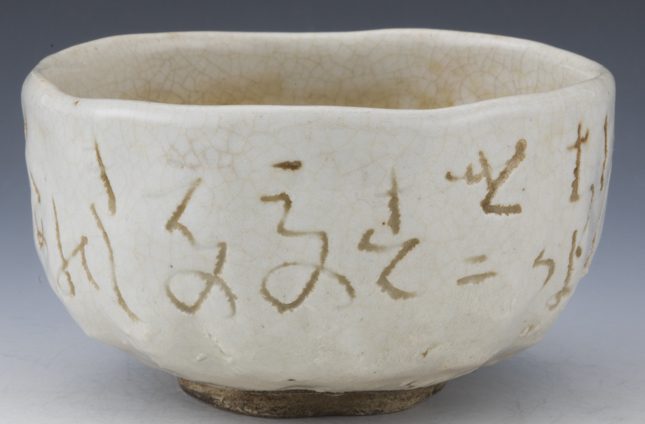
Before parting from this world she gracefully wrote:
My wish is to see
a cloudless moon
above the lotus flower
in my next life.
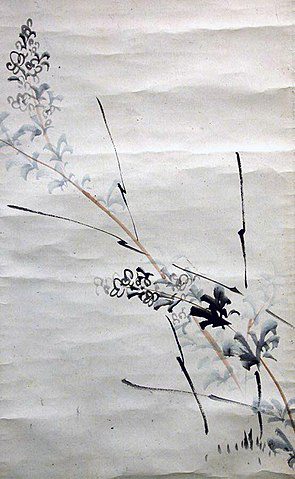
Rengetsu died during a period of anti-Buddhist injunctions by the ruling Meiji elites. It is claimed that approximately 40,000 Buddhist temples – and other areas concerning Buddhism, including architecture – were destroyed in this period of Japanese history. Therefore, the trauma of losing her second husband and all her children dying – now witnessed an open attack against Buddhism in the final years of her life.

PLEASE SUPPORT MODERN TOKYO TIMES by DONATING
Modern Tokyo News is part of the Modern Tokyo Times group
DONATIONS to SUPPORT MODERN TOKYO TIMES – please pay PayPal and DONATE to sawakoart@gmail.com
http://moderntokyotimes.com Modern Tokyo Times – International News and Japan News
https://www.pinterest.co.uk/moderntokyotimes/ Modern Tokyo Times is now on PINTEREST
http://sawakoart.com – Sawako Utsumi personal website and Modern Tokyo Times artist
https://moderntokyonews.com Modern Tokyo News – Tokyo News and International News
PLEASE JOIN ON TWITTER
https://twitter.com/MTT_News Modern Tokyo Times